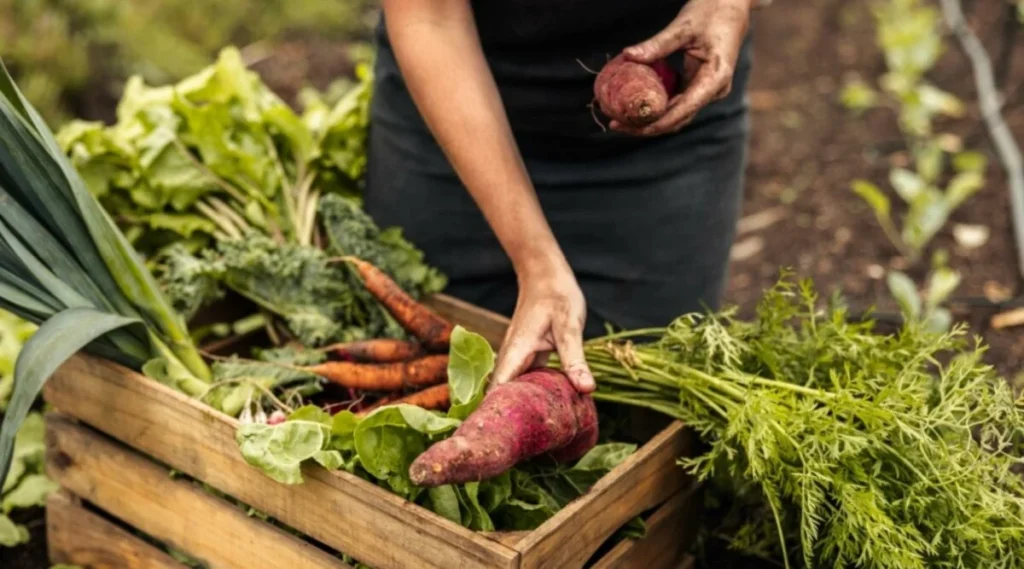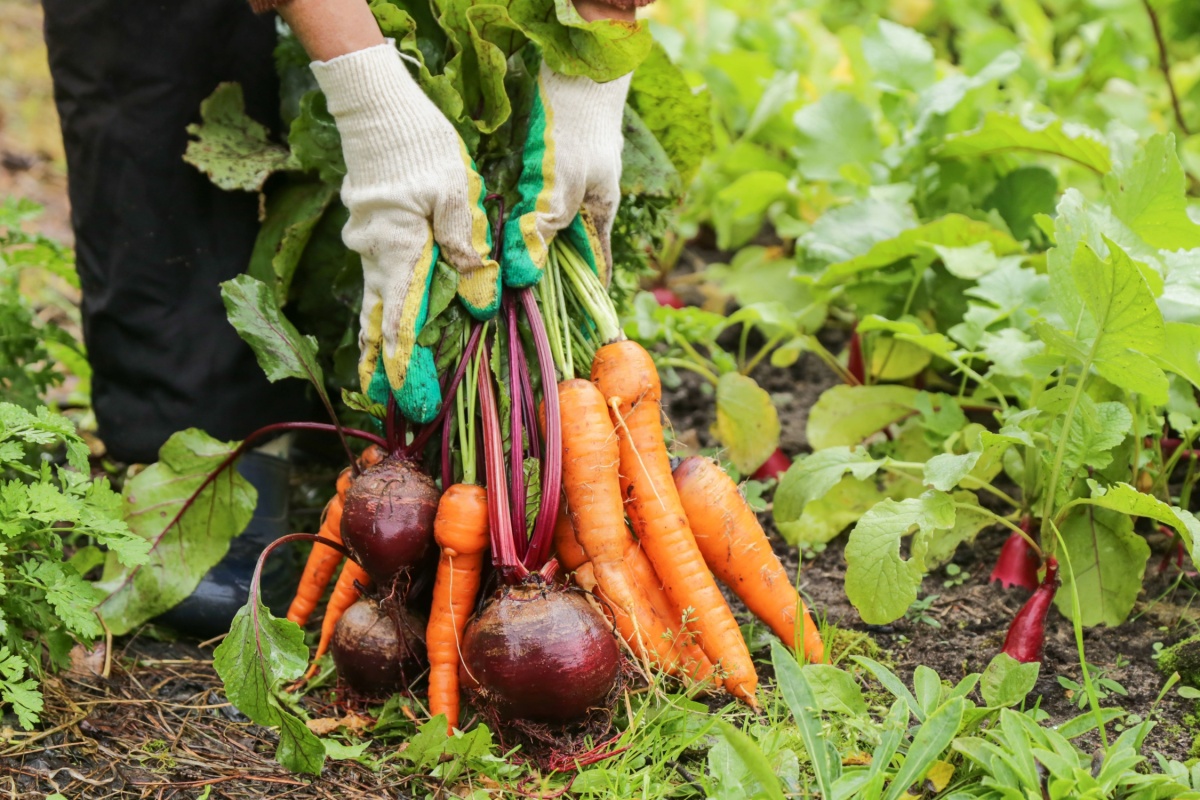Growing fresh vegetables year-round might sound like a dream, but with the right planning, tools, and techniques, it’s completely possible—even in areas with cold winters or hot summers. On our 15-acre homestead, we’ve developed a system that allows us to enjoy a steady harvest of fresh, nutritious vegetables no matter the season.
Understanding Year-Round Vegetable Growing

Year-round gardening requires a mix of seasonal crop planning, protective structures, and careful soil management. The goal is to work with nature, not against it, by choosing crops that thrive in each season.
Why We Chose Year-Round Growing
We wanted more control over our food supply, less reliance on store-bought produce, and the satisfaction of knowing exactly how our vegetables are grown.
Planning for Seasonal Crops
The first step in year-round gardening is understanding your climate and planning for it. We divide our planting schedule into four main growing seasons.
Spring Planting
Cool-season crops like lettuce, spinach, peas, and carrots go in early. These plants can handle lower temperatures and give us our first harvests of the year.
Summer Planting
Warm-season vegetables such as tomatoes, peppers, zucchini, and beans dominate the summer months. These thrive in long days and hot weather.
Fall Planting
We use fall to grow another round of cool-weather vegetables. Broccoli, kale, radishes, and cabbage grow well as temperatures drop.
Winter Growing
Using greenhouses and cold frames, we keep leafy greens, herbs, and root vegetables going through the winter months.
Using Greenhouses for Winter Vegetables
Greenhouses are the backbone of our winter growing system. They trap heat from the sun, allowing us to grow crops even when outside temperatures dip below freezing.
Benefits of Greenhouses
They extend the growing season, protect crops from frost, and allow for more consistent watering and temperature control.
Our Winter Greenhouse Crops
We focus on cold-hardy crops like spinach, Swiss chard, arugula, and beets in the greenhouse during winter.
Cold Frames and Row Covers
Cold frames are small, enclosed garden boxes with transparent lids that protect plants from cold while still letting in sunlight. Row covers are lightweight fabrics placed over crops to shield them from frost and pests.
How We Use Them
We place cold frames over delicate crops and use row covers for larger garden beds. These simple tools let us grow vegetables outside longer without the cost of a full greenhouse.
Crop Rotation and Soil Health
Year-round gardening means the soil is always in use, so we put extra effort into maintaining soil health.
Crop Rotation
We rotate plant families each season to prevent nutrient depletion and reduce pest problems.
Compost and Mulch
We add homemade compost to enrich the soil and use mulch to retain moisture, suppress weeds, and protect roots.
Watering Systems for All Seasons
Our irrigation changes with the season. In summer, we use drip irrigation to conserve water and avoid leaf diseases. In winter, we water less frequently but more deeply to prevent freezing damage to roots.
Staggered Planting for Continuous Harvest
Instead of planting everything at once, we stagger plantings every few weeks. This ensures that when one crop finishes, another is ready to harvest.
Example
We plant lettuce every two weeks so there’s always a new batch ready to pick.
Growing Vegetables in Challenging Weather
Year-round growing isn’t without challenges, especially during extreme heat or cold.
Hot Weather Solutions
We use shade cloths to protect delicate crops and water early in the morning to prevent evaporation.
Cold Weather Solutions
We rely on greenhouses, cold frames, and extra-thick mulch to protect roots and keep plants alive during frost.
Why Year-Round Growing Works on Our Homestead
With 15 acres, we have enough space to dedicate certain areas to seasonal crops and others to protected growing. This combination allows us to have a steady vegetable supply all year long.
Self-Sufficiency
This system reduces grocery bills and provides us with fresh, chemical-free produce.
Selling the Surplus
Extra vegetables are sold at local markets, creating an additional income stream.
FAQs
1. Do I need a greenhouse to grow vegetables in winter?
Not always. While greenhouses help extend the growing season, cold frames, row covers, and indoor growing setups can also work.
2. What vegetables are easiest to grow year-round?
Leafy greens like lettuce and spinach, root crops like carrots and beets, and hardy herbs such as parsley and thyme are great choices.
3. How do you keep pests away when growing all year?
We use crop rotation, companion planting, and natural pest deterrents like neem oil and beneficial insects.
4. Can I grow vegetables year-round in a small space?
Yes. Even a small garden or balcony can produce vegetables year-round with containers, vertical gardening, and season extension tools.
5. How do you prevent soil depletion with continuous growing?
By rotating crops, adding compost regularly, and planting cover crops during off-seasons to replenish nutrients.





